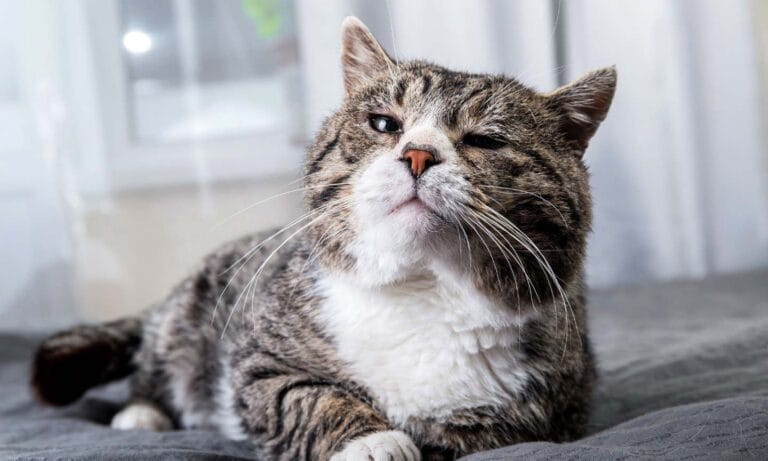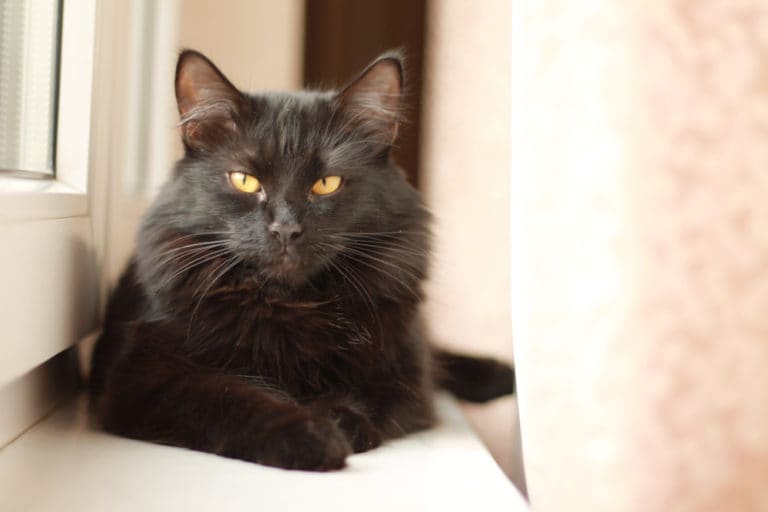Q.
My new cat has very large whiskers—does this mean something?
A.
We all know the old saying “The cat’s meow,” but there is another called, “The cat’s whiskers,” which means perfection or first rate. I think that describes how most of us feel about our cats. Large whiskers are not unusual, especially on a large cat, and nothing to be concerned about unless they end up in the wrong place, which happened to my cat Muriel.
One day after I cut up some cat treats for Muriel, I noticed two of her whiskers were shorter than the other—they looked like they had been broken off. Whiskers do grow so I was not alarmed, but I was curious. The next time I had my scissors out to cut up some treats I saw that Muriel was so excited she, and her whiskers, had gotten right down next to the treat. I realized I must have accidentally trimmed her whiskers the last time! She now has to wait patiently on the floor when I cut up her treats.
I have read that whiskers are also known as tactile hair and are also found on cheeks, chin, around the eyes and on the back of their legs around the paw. They are thicker than other hairs and have a thin flexible tip. Most cats do not have a great need for them during the day but at night they help them navigate when vision is limited. I am told they can also enhance the other senses.
I do know whiskers can indicate mood. If they are forward this can mean aggression. If back, your kitty might be afraid. I do not think there is any scientific evidence that a cat will use her whiskers to see if she can squeeze through a hole (good news for mice), but they seem to be a very handy tool.
Cat whiskers are just one of the many things that are distinctive and wonderful about our feline friends.
By: Jeanne Adlon
Image via Nneirda/Shutterstock.com
Share:









